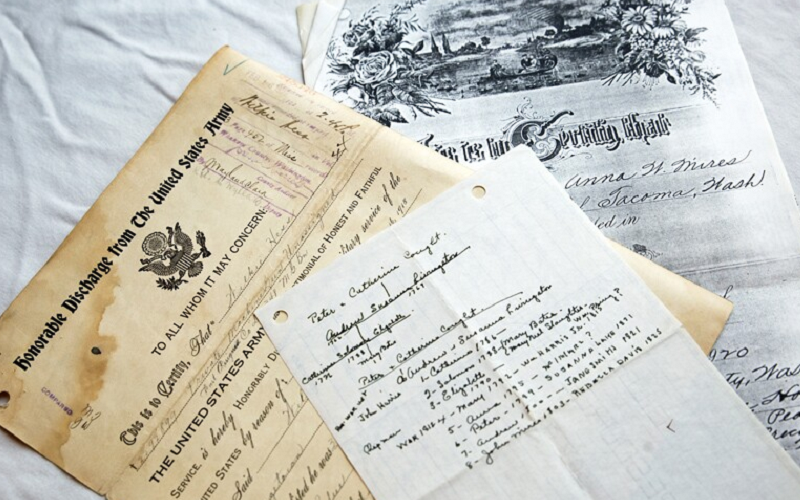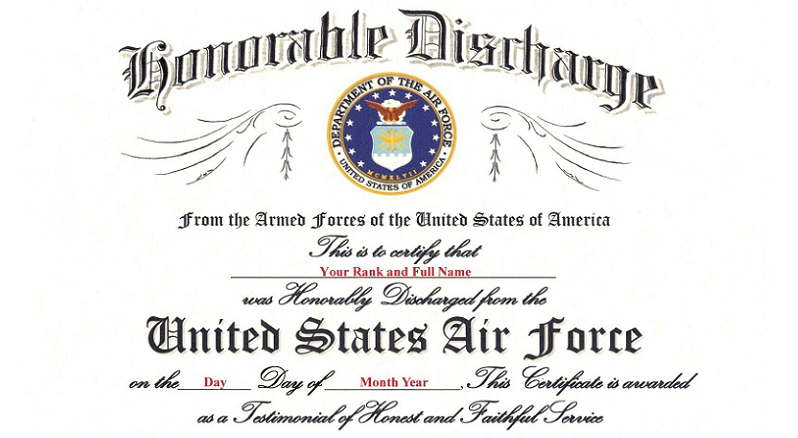
Military records are a treasure trove for anyone tracing their family history, offering unique insights into the lives and service of ancestors. Whether you’re uncovering the story of a World War II veteran or exploring the contributions of a Civil War soldier, these documents provide details that are not just about military service, but also about personal valor, community, and the impact of conflict on families.
Contents
Understanding Military Records
Military records encompass a wide range of documents that can provide a detailed view of your ancestor’s military service. They are vital tools for genealogical research, offering both direct and indirect information about servicemen and women.
Types of Military Records
There are several key types of military records that genealogists rely on to piece together a soldier’s history.
Service Records
Service records are primary sources of information, detailing an individual’s time in the military. These records can include personal information, enlistment dates, the units they served with, ranks held, and details of participation in specific campaigns or battles.
Pension Records
Pension records can be particularly revealing. They were often applied for by veterans or their dependents as a form of retirement or disability benefit. These documents may contain proofs of service, marriage certificates, birth records, death certificates, and correspondence that provide broader insights into the veteran’s life.
Draft Registration Cards
Draft registration cards were filled out during conscription periods and can offer personal details like physical descriptions, next of kin, and employment information. These cards serve as excellent starting points for understanding an ancestor’s civilian life.
Award and Medal Records
Records of military awards and medals recognize service and valor and can often lead to additional military and personal records, providing context about the actions that earned these honors.
Casualty and Burial Records
Casualty and burial records are crucial for understanding the fate of ancestors who died while in service. These records can help locate gravesites and provide details about the circumstances of death, which is significant for family history narratives [1].
Historical Context and Its Impact on Records
The historical context in which military records were created can significantly affect their availability and condition.
Variances in Record Keeping by Era
Record-keeping practices have varied widely over time. Earlier records, such as those from the Revolutionary War, may be sparse and less detailed than those from World War II, reflecting the evolution of bureaucratic processes.
Notable Conflicts and the Records They Produced
Different conflicts have produced different types of records. For example, Civil War records are abundant and often include detailed correspondences and pension files, while records from smaller conflicts may be harder to find and less comprehensive.

Accessing Military Records
Accessing military records is a fundamental step in genealogical research involving ancestors who served in the military.
Key Resources and Archives
Several resources are indispensable for genealogists seeking military records. These include national archives, state and local archives, and specialized online databases.
National Archives and Records Administration (NARA)
The National Archives and Records Administration (NARA) is the primary repository for federal military records in the United States. NARA holds service records from the Revolutionary War to the present, pension files, draft registration cards, and more. Researchers can access these records online or by visiting NARA’s physical locations [2].
State and Local Government Archives
Many states and local governments maintain archives that include military records not held at the federal level. These may include militia and National Guard records, as well as personal papers donated by veterans and their families.
Online Genealogy Databases
Online databases such as Ancestry.com, Fold3, and FamilySearch offer extensive collections of digitized military records. These platforms often provide tools to help users search through records using various filters, such as conflict, year, and state.
While the wealth of available records is a boon for researchers, finding specific documents can sometimes be challenging due to the sheer volume and varying organization of the archives.
Identifying Relevant Military Units and Time Periods
Begin by identifying the military unit and the time period in which your ancestor served. This information can significantly narrow your search and guide you to the correct collection or database.
Using Name Variants and Common Misspellings
Always consider that records may contain variations or misspellings of names. Searching for alternative spellings and phonetic equivalents can uncover records that might otherwise remain hidden.
Challenges and Solutions in Military Genealogy
While researching military records can be rewarding, genealogists often face specific challenges related to the nature of these records. Understanding these challenges and knowing how to address them can significantly improve the effectiveness and efficiency of your research.
Common Challenges Researchers Face
The process of retrieving military records can be daunting due to several common obstacles.
Incomplete or Damaged Records
Many military records have been lost, damaged, or were incomplete from the outset. Fires, natural disasters, and the simple passage of time can render documents illegible or destroy them entirely. For instance, a significant portion of U.S. Army records from before 1912 were lost in a 1973 fire at the National Personnel Records Center in St. Louis [3].
Privacy Laws and Access Restrictions
Privacy laws and regulations often restrict access to more recent military records to protect the personal information of veterans. Typically, records less than 62 years old are not publicly accessible unless you are a direct descendant or have the veteran’s permission.
Strategies to Overcome These Challenges
Despite these hurdles, there are strategies you can employ to work around the obstacles and continue building your family history.
Supplementing Military Records with Other Sources
When military records are incomplete or inaccessible, other historical documents can be useful. Census records, newspapers, city directories, and family letters can provide contextual information that compensates for gaps in military documentation.
Engaging with Veteran Communities and Forums
Veteran communities and online forums can be invaluable resources. Members often share tips, offer access to privately held documents, and provide insights that are not available through official channels. Engaging with these communities can also help validate information found in military records.
How to Use Military Records in Building Your Family Tree
Military records provide a wealth of information that can be crucial for building a more complete and accurate family tree.
Incorporating Military Information into Your Genealogical Research
Military records can illuminate significant details about your ancestors’ lives, including their youth, family relationships, and life-changing experiences during service.
Using military records, you can find out not only when and where your ancestors served, but also learn about their rank, any promotions they received, and various battles or military engagements they participated in. This information can be linked with other historical data to create a richer family history. For example, pension records often include the names of dependents and might reveal previously unknown children or spouses [4].
Case Example: Extending the Family Tree Using Pension Records
Pension records are particularly valuable as they often contain a wealth of personal information. Consider a case where a Civil War veteran’s pension record includes not only his service details but also personal letters and legal documents. These can provide insights into his family dynamics, such as marriages, children, and even changes in financial status.
By examining these documents, you can add layers to your family tree, connecting siblings who might have been overlooked and confirming dates and locations of significant family events. This process not only extends the family tree but also deepens the narrative of each ancestor’s life.
References
[1] Genealogy Research in Military Records
[2] How to get copies of military records
[3] How can I find my grandfathers WWII military records?
[4] Military Records for Genealogy Research: Getting Started

